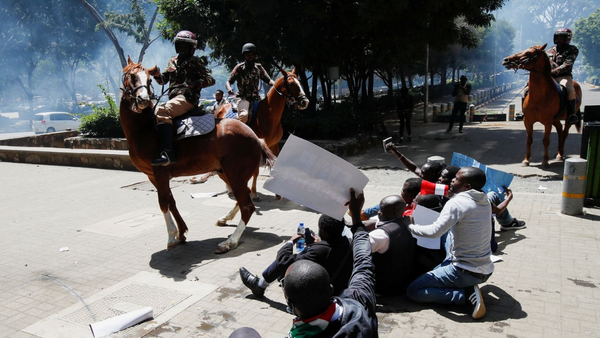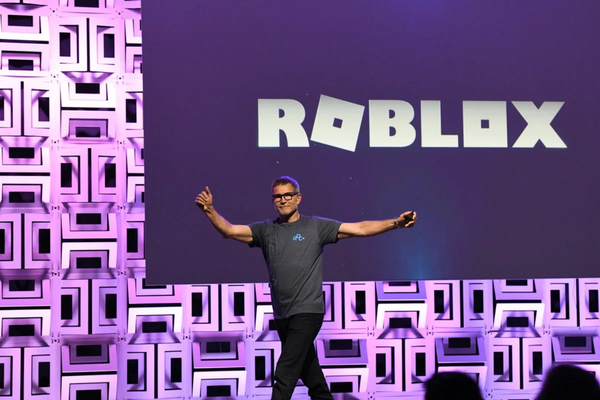In Nairobi, the capital of Kenya, police have used tear gas to scatter demonstrators protesting what they claim is a spate of mysterious kidnappings of government critics.
Human rights organisations claim that dozens of Kenyans have been kidnapped in recent months and blame the illegal arrests on Kenya's intelligence and police forces.
According to Kenyan officials, the government does not support or participate in extrajudicial executions or kidnappings.
With clouds of tear gas hanging in the air, some young protesters marched in downtown Nairobi on Monday, while others staged small-scale sit-ins. While police on horseback patrolled the area, they yelled anti-government slogans and several held signs condemning arbitrary detentions.
Opposition lawmaker Okiya Omtatah was one of the protesters participating in a sit-in, with protesters holding themselves together with heavy chains while riot police attempted to disperse them. Omtatah and ten other demonstrators were arrested during the demonstrations, according to a report in the Kenyan newspaper Daily Nation.
The Kenya National Commission on Human Rights expressed alarm last week about an increasing number of reported kidnappings of government critics, stating that since antigovernment rallies began in June, there have been 82 such cases. The protests, which were first intended to reject proposed tax increases, gradually developed into a movement that transcended Kenya's long-standing ethnic barriers and emerged as the largest danger to President William Ruto's administration.
In order for young people to live in peace, Ruto declared on Saturday that the government will put an end to the kidnappings. "Being afraid" Omtatah accused the police of kidnapping seven young people and filed a complaint in Nairobi's High Court on Monday to force the government to release them. "Let them face charges and appear in court to defend themselves if they have committed a crime," he stated.
As they went about their regular lives, young demonstrators expressed solidarity with those who had been kidnapped.
Orpah Thabiti, a demonstrator, stated, "We are living in a time where we have to live in fear."
After sharing AI-generated pictures of Ruto that government supporters found insulting, four social media users vanished. Kenya was returning to the "dark days" of government critics going missing, the rights commission had warned.
Under the late President Daniel Moi's government, it was not uncommon for opposition members to be kidnapped and tortured. The demonstrations in Kenya have been "organic, from the ground, leaderless, and digitally organised," according to Wanjiru Gikonyo, a specialist on accountability and good government.
In the grand scheme of things, we are witnessing a political shift," Gikonyo stated "These young people truly have the hearts and minds of Kenyans, despite the fact that they lack a single recognised leader. This demonstrates that Kenyans are tired of having a written constitution that does not reflect their actual values," she continued.
She claimed that Ruto's current political leadership has "failed to deliver the promise of democratic transition" and that this is unlikely to change.







